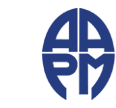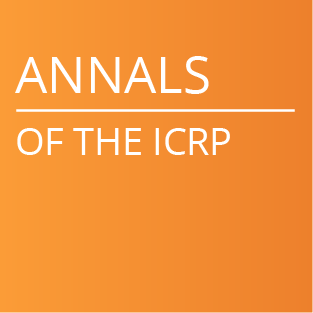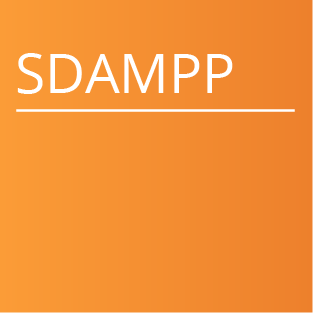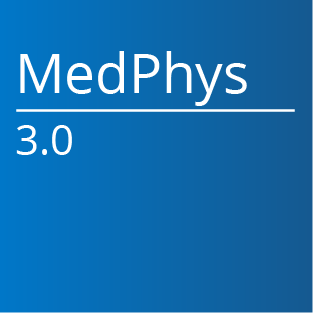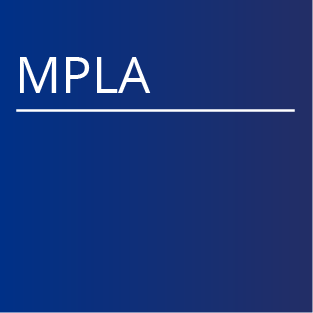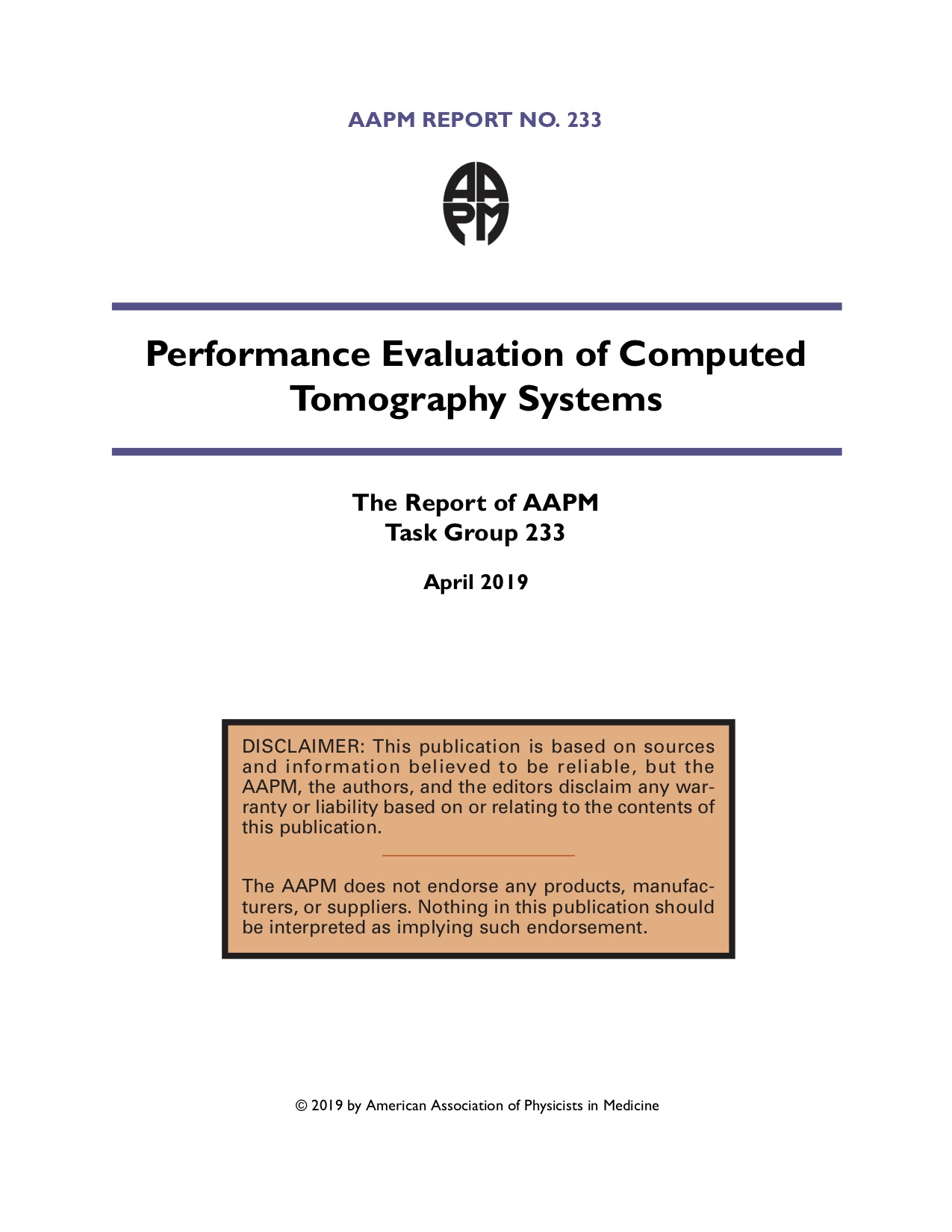
|
Report No. 233 - Performance Evaluation of Computed Tomography Systems - The Report of AAPM Task Group 233 (2019) Category: Reports The rapid development and complexity of new x-ray computed tomography (CT) technologies, the increased utilization of CT, and the need for evidence-based optimization of image quality with respect to radiation and contrast media dose call for an updated approach to evaluating the performance of CT systems. In light of the availability and increasing clinical use of new CT technologies, it is particularly important to assess image quality using task-specific metrics that are more relevant to predicting the performance of a CT system and protocols for clinical imaging tasks. A prevalent new CT technology uses statistical and iterative reconstruction (IR) algorithms to decrease image noise to facilitate use of decreased radiation dose levels. The nonlinear nature of these algorithms results in object-dependent resolution and noise performances. Thus, traditional image quality metrics, such as contrast-to-noise ratio, have become inadequate indicators of clinical imaging performance. While such traditional image quality indicators retain their relevance for evaluation of CT equipment technical performance, they fall short as surrogates of clinical performance for either product evaluation or optimization purposes. Furthermore, automatic exposure (AEC) techniques, such as tube current modulation (TCM) techniques, have become ubiquitous in the clinical practice of CT. Methods are needed to characterize the performance of TCM techniques to better inform users as to how the system’s radiation output is adapted to patient attributes. This document aims to supplement and complement existing and prior equipment performance testing guidelines (e.g., AAPM Report 741) by addressing the more advanced aspects of current CT systems, such as IR and TCM. The goal of this report is to briefly summarize current performance evaluation metrics and quality control (QC) tests, and introduce advanced performance assessment methods within a single document.* Pass-fail criteria or performance guidelines are not provided for the results of these advanced assessment methods; there are no manufacturer specifications or regulatory or accreditation performance requirements available for these quantities. Rather, in line with the current professional trajectory of the field toward operational engagement, it is hoped that the assessment methods described in this report will be adopted by the clinical medical physicist for the purposes of protocol optimization, and for indicating clinical imaging performance in a way that can be compared between systems and imaging protocols. These important assessment methods also pave the way to approach performance testing of new CT systems, not only in terms of acceptance testing (i.e., verifying a device meets predefined specifications), but also for system commissioning (i.e., determining how the system can be used most effectively in clinical practice). The primary audience for this report is medical physicists working in the field of CT, especially those physicists involved in clinical performance optimization, but we envision that this report can provide informative definitions of assessment methods for anyone with an interest in CT performance evaluation. Throughout this report, the terms “physicist” and “clinical physicist” are used synonymously with “qualified medical physicist” (QMP), defined by the AAPM as an individual who is competent to independently provide clinical professional services in one or more subfields of medical physics (AAPM Professional/Education/Science Policy 1). In this report, it is assumed that a QMP has competency in diagnostic medical physics. A summary of this report is available in Medical Physics at https://doi.org/10.1002/mp.13763. https://doi.org/10.37206/186 ISBN: 978-1-936366-69-9 Task Group No. 233 - Performance Evaluation of Computed Tomography Systems (TG233) Ehsan Samei, Donovan Bakalyar, Kirsten L Boedeker, Samuel Brady, Jiahua Fan, Shuai Leng, Kyle J. Myers, Lucretiu M. Popescu, Juan Carlos Ramirez Giraldo, Frank Ranallo, Justin Solomon, Jay Vaishnav, and Jia Wang Committee Responsible: Computed Tomography Subcommittee Last Review Date: |
DISCLAIMER
